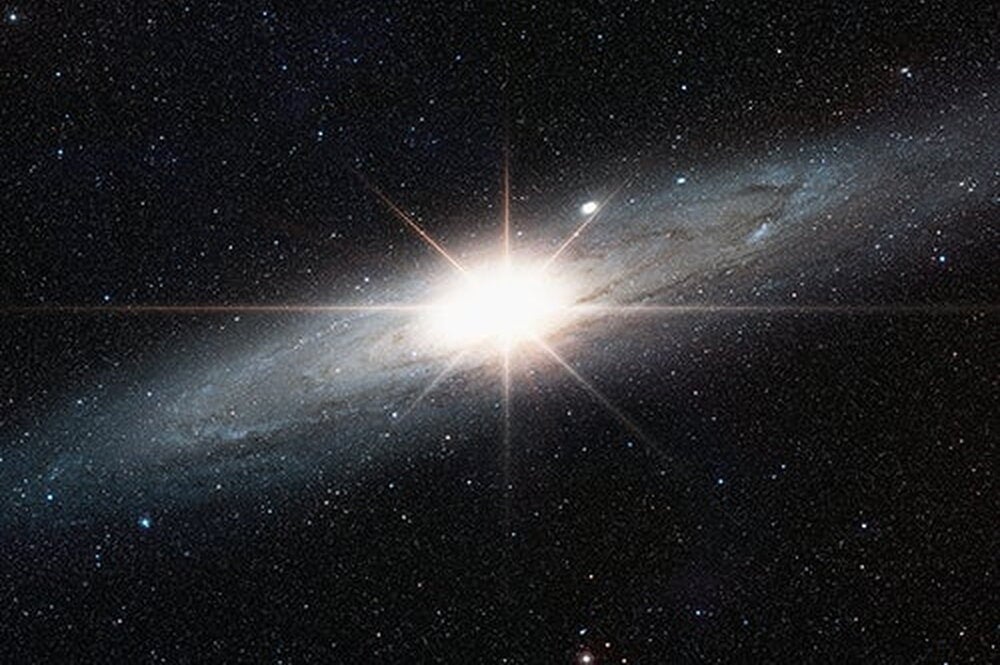

Does dark energy exist? Or is Albert Einstein's most famous theory flawed?
These are two of the million-dollar questions that an international team of astronomers hopes to answer as they gaze back to the beginning of the universe in search of a mysterious property known as "dark energy."
The preliminary stage of this two-part, landmark effort recently began when LAS astronomers Joe Mohr, Choong Ngeow, and Wayne Barkhouse traveled to the Blanco Observatory in Chili for 15 days of gazing at ancient "galaxy clusters" in deep space.
Mohr, a key player in the project, says that since the 1920s astronomers have known that the universe has been expanding. But according to Einstein's ideas on gravity, this expansion should be slowing down.
"However, that is not happening," Mohr points out. "In fact, the expansion rate of the universe has been increasing over the past two-thirds of the age of the universe."

"Dark energy" is the theoretical substance that could explain why the universe is expanding at a faster rate than ever, Mohr says. But if researchers determine that dark energy doesn't exist, it could mean that Einstein's Theory of General Relativity has serious limitations when applied to a large-scale system such as the expanding universe.
The first phase of the project is being led by the project's principle investigator, John Carlstrom of the University of Chicago. It calls for a massive new telescope, which is being assembled in Texas and will be shipped to the South Pole in pieces in the fall of 2006.
The South Pole Telescope will act like a cosmic thermometer, taking the temperature of space to create the most precise map of the "cosmic microwave background" ever developed. The cosmic microwave background is heat leftover from the Big Bang.
This map will then be used to create a census of galaxy clusters, which are made up of hundreds to thousands of galaxies. Mohr anticipates that they will map about 25,000 galaxy clusters in the survey, which will eventually cover roughly 10 percent of the sky.
Mohr's role is to lead the "optical follow-up," working with U. of I. professors Jon Thaler in physics and Ray Plante at the National Center for Supercomputing Applications. His team will take pictures of galaxies within these clusters to determine the cluster "redshift." The redshift, in turn, will help them determine how quickly the clusters formed over time.
In a universe with dark energy, Mohr explains, they should find that galaxy clusters emerged slowly over time.
Although Mohr won't be leading the comprehensive optical follow-up until 2007, he and his collaborators have already begun using the telescope in Chili to make a preliminary survey of galaxy clusters.
As Mohr explains, they hope to answer three primary questions. Does dark energy exist? If it does, what is the nature of dark energy? And finally, is dark energy causing the acceleration of the expanding universe or is Einstein's theory flawed?
"Einstein's theory has passed many tests with flying colors, but we may be seeing its flaws for the first time," Mohr says. "It's possible."


